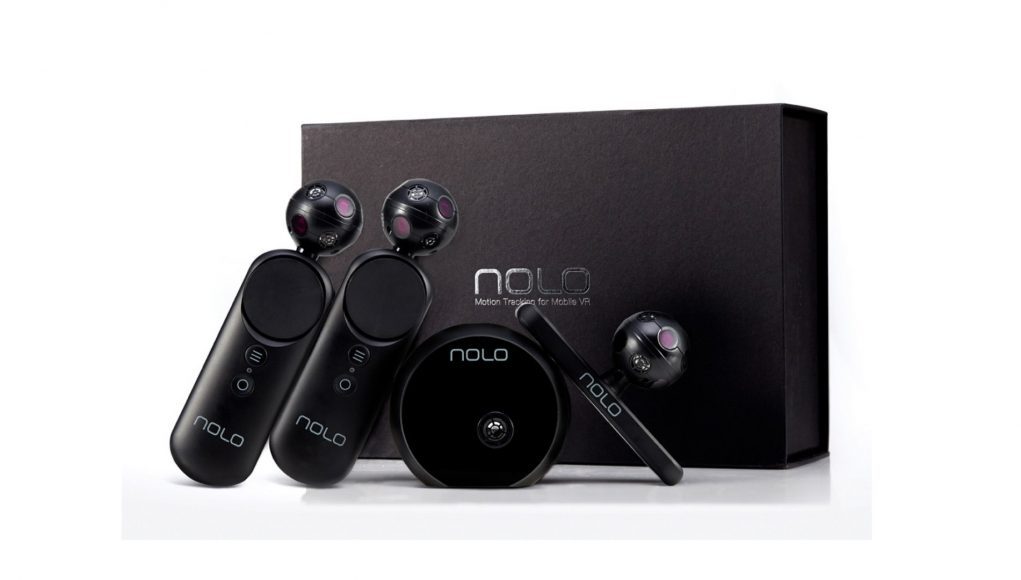NOLO VR, the Beijing-based VR startup behind one of the earliest mobile 6DOF tracking platforms, announced the completion of the $15 million series A+ financing.
The funding round was led by Joy Capital, followed by BlueRun Ventures and Peakview Capital.
Joy Capital’s involvement in Nolo’s latest funding round comes alongside a broader $700 million investment in various early stage startups across a variety of sectors. The Beijing-based venture capital firm is also a key investor in a number of hot ticket Chinese startups including bike sharing company Mobike, Starbucks competitor Luckin Coffee, and Tesla competitor NIO.
The series A+ funding round brings the company’s overall funds to $24.5 million, according to Crunchbase.

Nolo VR says in a press statement that its fresh round of financing will be “mainly spent on the continuous R&D and commercialization of its VR tracking technology.”
Founded in 2015, Nolo VR has since commercialized both its main hardware platform, Nolo CV1, and its Nolo Home streaming software, which allows Oculus Go and Gear VR headset users to play SteamVR games.
Nolo CV1 is a wireless 6OF tracking device based on the company’s PolarTraq technology, which is based on an optic-acoustic-radio-signal tracking technology developed by the company. It includes a room-mounted basestation for 6DOF head & motion controller tracking, a head-mounted marker, and two motion controllers.
Up until now, Nolo VR claims to have invested more than $15 million in VR tracking technology, with 125 patents authorized or accepted globally, and the international patents applied in 12 mainstream countries.







